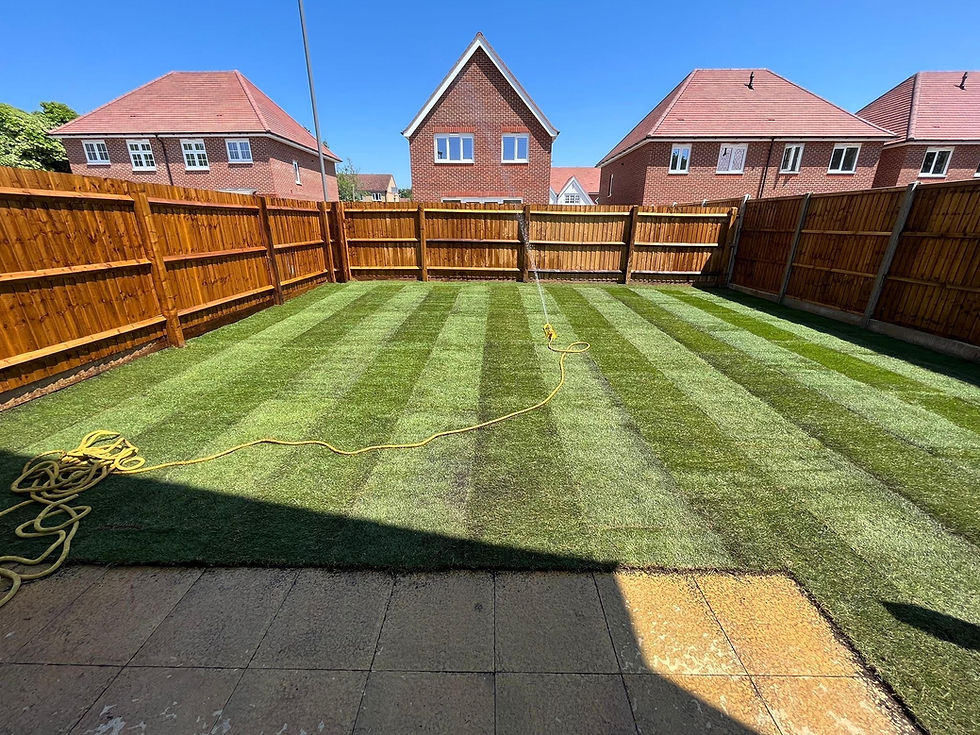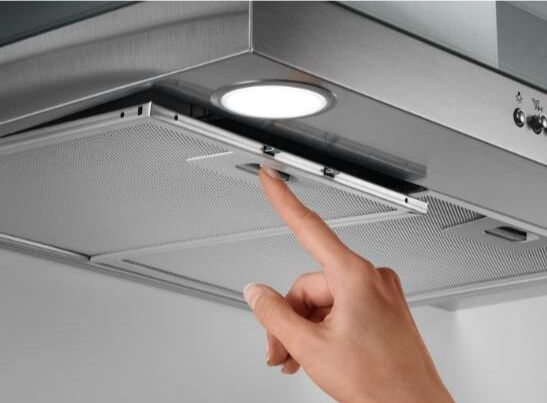Stopping Moisture With DPC and DPM
- info1864854
- Apr 13
- 3 min read
Updated: May 4

When you buy a new build home, you expect it to be dry, comfortable, and protected from the elements. One crucial aspect of ensuring this is moisture control and that's where damp proof course (DPC) and damp proof membrane (DPM) come in. These materials play a vital role in safeguarding the structure of your home from rising damp and moisture ingress.
In this article, we'll explain what DPC and DPM are, how they work, and why they are so important in the construction of modern new builds.
What is a DPC?
A DPC is a horizontal barrier, typically installed within the walls of a building just above ground level. Its primary purpose is to stop moisture from rising up through the porous materials of the structure (such as bricks and mortar) via a process known as capillary action.
Common materials used for DPC include:
Bitumen based felt.
Polyethylene plastic sheets.
Slate (traditionally)
Chemical injections (for remedial work).
In new builds today, a flexible plastic DPC is most often used due to its durability and ease of installation.
DPC is installed in the following areas:
Within external and internal walls, at least 150mm above ground level.
Beneath window sills and doors.
Around cavities to prevent bridging moisture into the building.
What is a DPM?
A DPM is a thick plastic sheet that sits horizontally beneath the ground floor slab of a building, designed to prevent moisture from the ground penetrating through the floor.
Key materials used for DPMs include:
Polyethylene (most common).
Radon resistant membranes (where gas protection is required).
DPM is installed in the following areas:
Underneath concrete floor slabs.
Under floating floors or screeds.
Often lapped into or connected with the wall DPC to create a continuous barrier.
This connection between the DPM and DPC is vital to ensure that moisture does not find a way into the building via the floor/wall junction.
Why Are DPC and DPM So Important in New Builds?
Moisture ingress is not just a cosmetic problem as it can cause serious damage to a property over time, including:
Structural weakening of walls.
Mould growth and poor indoor air quality.
Damage to finishes like paint, plaster, or flooring.
Reduced insulation effectiveness and higher energy bills.
Building Regulations, particularly Approved Document C, require new builds to incorporate adequate moisture protection through DPC and DPM systems. They help ensure that homes remain safe, durable, and comfortable for decades.
Common Problems When DPC and DPM Fail
Although rare in properly constructed new builds, issues can occur if:
The DPC is not installed at the correct height.
The DPM is punctured during construction.
The membrane is not properly lapped with the DPC.
Bridging occurs (e.g. debris or render connecting above and below the DPC).
Such failures can lead to damp patches, staining, or even significant structural issues if left unchecked.
How Homeowners Can Help Maintain Moisture Protection
While DPC and DPM systems work quietly in the background, homeowners can help protect their effectiveness by:
Keeping external ground levels at least 150mm below the DPC.
Ensuring air bricks are kept clear to allow ventilation of subfloor areas.
Quickly addressing external defects like cracks, damaged gutters, or blocked drains.
If you ever suspect issues with rising damp or ground moisture, its important to contact your new build's developer or consult a professional builder or surveyor for advice.





